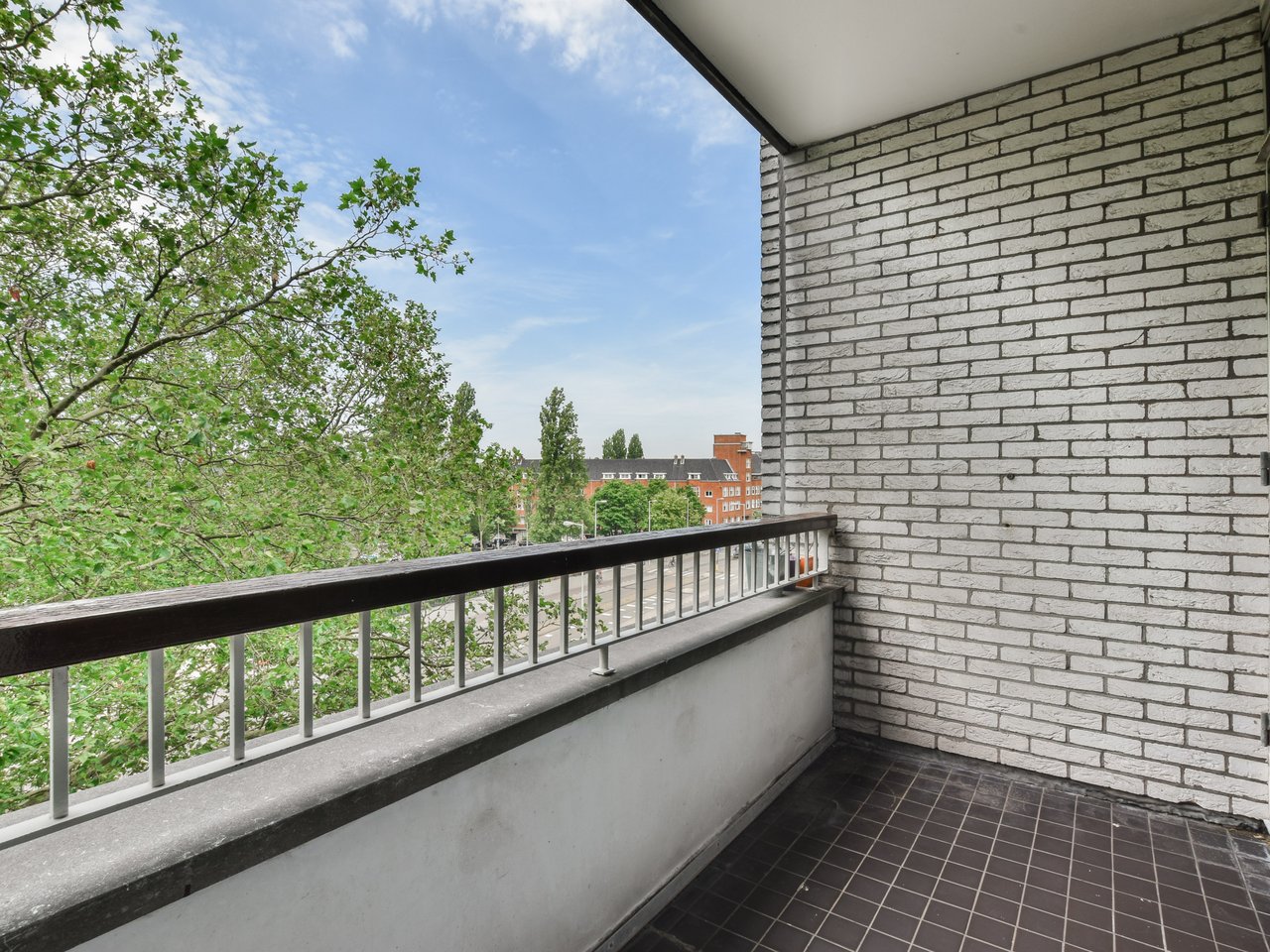Santa Clara County officials want to toughen eviction protections
Santa Clara County landlords are dodging a decades-old law that requires they pay to relocate evicted tenants. To combat that, county leaders could give unincorporated neighborhoods stronger eviction protections than surrounding cities.
The Board of Supervisors next month will discuss expanding their 1993 tenant relocation assistance policy which covers renters in unincorporated areas. The changes would void an eviction notice if the landlord doesn’t comply with the law, and expand protections against unreasonable evictions for tenants who have lived in their homes for any amount of time — even less than a few days — and renters living in single-family homes or duplexes. It would also apply to housing built in the last 15 years and add new restrictions on landlords hoping to evict tenants for remodeling. The changes would only authorize evictions for remodeling if the work specifically deals with “rehabilitations and repairs.”
That goes beyond statewide protections laid out in California’s landmark 2019 rent control and eviction law — and, in some aspects, even beyond policies in San Jose, Sunnyvale and Milpitas, which have since adopted stricter protections than the state.
“This would be the most robust tenant protections as compared and contrasted with any of the other jurisdictions in this county,” Supervisor Joe Simitian said while discussing the idea at a housing and land use committee meeting in May. The committee will revisit expanding the policy on Sept. 19. meeting.
Single-family homes account for the largest percentage of renter-occupied housing in Santa Clara County’s unincorporated pockets, such as the Burbank neighborhood and some parts of Alum Rock in San Jose, according to county data. Renters live in roughly 9,000 homes in the county’s unincorporated areas – comprising 29% of unincorporated county housing stock.
While cities such as San Jose have local rent control and eviction protections on the books, their boundaries contain pockets of unincorporated communities that fall under the county’s jurisdiction.
“Tenants in those areas aren’t afforded with those same protections,” Huascar Castro, director of housing and transportation justice with Working Partnerships USA, told San José Spotlight.
Outdated policy
County leaders said the 1993 policy lacks effective enforcement measures. The county ran into the problem after red-tagging buildings and finding themselves repeatedly being called to provide emergency services for displaced tenants who should have received landlord relocation money, but didn’t.
“In the last year, the Office of Supportive Housing has provided assistance to nine displaced households,” a spokesperson for the Santa Clara County Office of Supportive Housing told San José Spotlight. “Depending on the needs of the household, the assistance may have included temporary hotel/motel stays and/or security deposit and rental assistance.”
Officials recorded 3,180 evictions last year countywide, the highest amount since 2014. Compare that to the less than 2,000 evictions between 2020 and 2022 during the pandemic. Key protections tenants won at the onset of COVID-19 have expired, leaving fewer options for renters facing eviction.
An expansion of the policy would also further restrict landlords from evicting tenants so they themselves can move in, unless they have at least a 50% ownership interest in the property, while state law only requires 25%. It would also prevent landlords from evicting people for letting a family member move in with them.
During the May meeting, Simitian lambasted the county attorneys who submitted the policy proposal for slanting the information too heavily in favor of renters — and for not checking with powerful landlord groups such as the California Apartment Association and Santa Clara County Association of Realtors before making the proposal.
Enrique Navarro-Donnellan, a government affairs associate for the Santa Clara County Association of Realtors, said the proposal “strikes against the heart” of every property owner’s nest egg: Their home.
“This ordinance will destroy that foundation and leave those you plan to serve with even fewer affordable options. Unincorporated Santa Clara County does not have large investor complexes that are generally the target of these policies. Our mom-and-pop housing providers are all we have in the county,” Navarro-Donnellan said at the May meeting. “This ordinance discourages investment with more rules and regulations and restrictions around how homeowners can run their own property.”
Castro said the proposed law changes will stabilize entire neighborhoods.
“There are a lot of units that are within unincorporated pockets, and that makes residents much more vulnerable to unjust evictions,” Castro told San José Spotlight.





